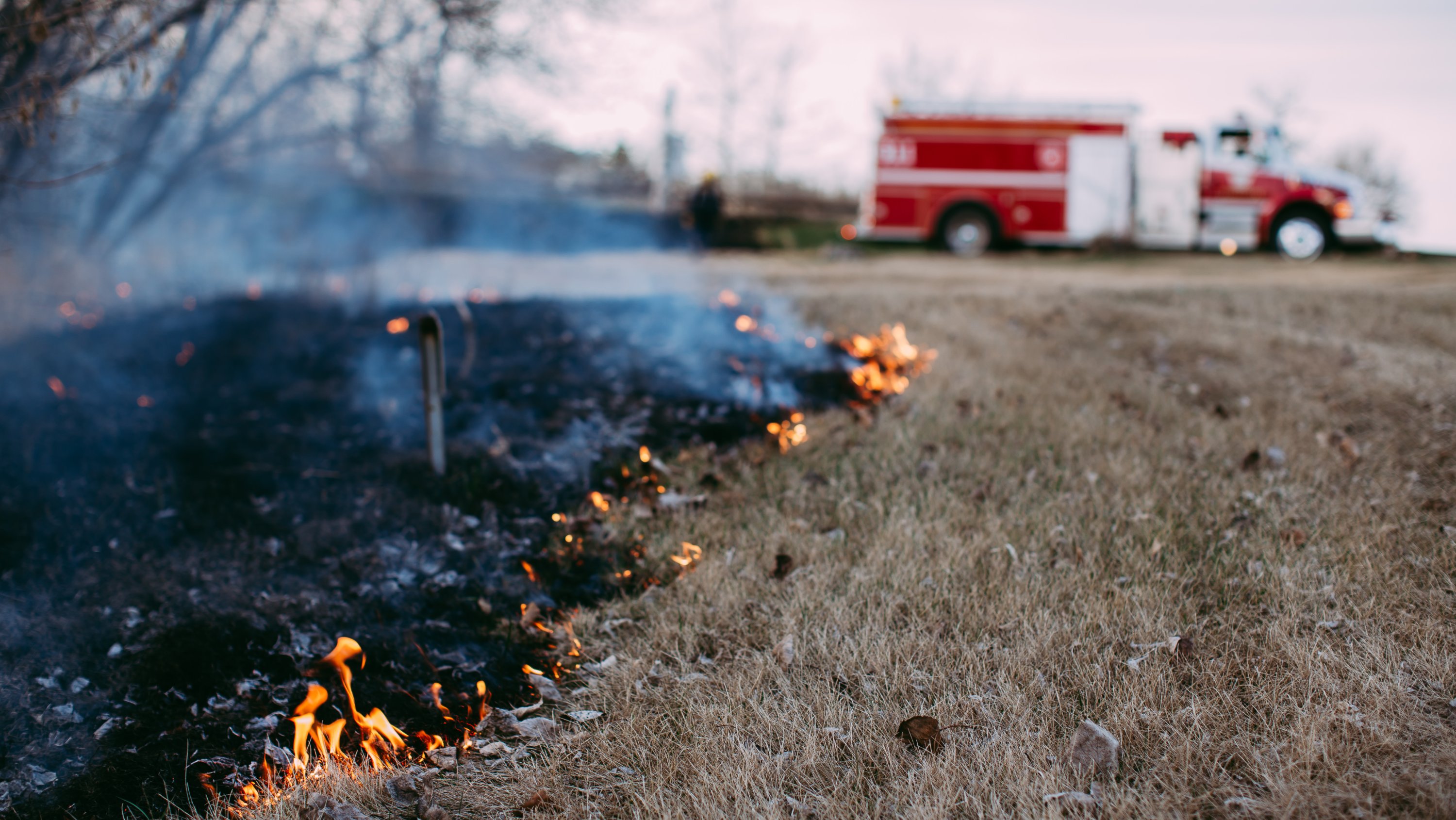Sending more firefighters to the front lines in the crucial first hours of moderately difficult wildfires is the best use of resources that are often already stretched, according to a University of Alberta data analytics model aimed at improving the initial attack against fires in the province.
“Unlike other parts of Canada, in Alberta the default strategy is to always fight the fire,” says Ilbin Lee, an operations management professor in the Alberta School of Business.
For the study, Lee’s team performed a simulation experiment using 15 years of wildfire fighting data to determine how the amount of resources used in initial attack operations affected success.
He explains firefighting is generally separated into two phases: the initial attack — basically the first day of firefighting — and sustained action.
“On the morning of the second day, wildfire managers decide whether a particular fire is growing out of control or being held. If it was being held the next morning, then the initial attack was successful,” Lee says.
“And although the initial attack success rate is high in the province, there is still a chance to improve it even further by using more suppression resources, which is important because escaped fires cause all the problems.”
With this initial attack data in hand, Lee’s group categorized past fires into three groups based on difficulty — low, medium and hard — and then estimated responses based on resources allocated.
The results suggest targeting wildfires with medium difficulty, which account for 19.6 per cent of all fires. Their initial size averaged 2.7 hectares at the time of assessment, with a final size of roughly 408 hectares. Historically, agencies fighting these fires used 48.3 work-hours of firefighters on the first reported day of the fire.
Moreover, Lee’s group developed a machine learning model to predict whether a new fire belongs to the target group, enabling a proactive strategy. The results show that if managers are able to increase the size of the initial attack by 64 work-hours for fires identified by the machine learning model, then the initial attack success rate for the target fires will improve from 92.2 per cent to 96.2 per cent.
This improvement is more pronounced for fires on the “harder” side of medium difficulty, which account for 6.3 per cent of all fires. Using the same strategy would increase the success rate from 86.9 per cent to 95.4 per cent.
“Think of this as 16 more people at four hours each,” says Lee.
He notes the results are fairly intuitive because efforts to fight less difficult fires are very likely to succeed with minimal work, as opposed to the toughest wildfires where early suppression success is unlikely.
“It all depends on the situation, but largely managers usually send more resources than they need, and for good reason,” says Lee, pointing to the destruction caused by wildfires in Fort McMurray in 2016 and Slave Lake in 2011. “However, if there are just too many fires at the same time, they might not be able to do that.”
Besides applying his operations management expertise to wildfires, Lee also uses machine learning techniques to derive implications for policy-making and design to improve the efficiency of hospitals.
“Our results provide insight into conditions under which a certain resource is most effective, which can be used to inform strategic assessments of target resource levels and how to allocate limited fire management budgets as well as dispatching decisions,” he says.
Lee’s research was supported by the Natural Sciences and Engineering Research Council, the Alberta Ministry of Agriculture and Irrigation and the Alberta School of Business through a CN Western Economic Research Fellowship.
